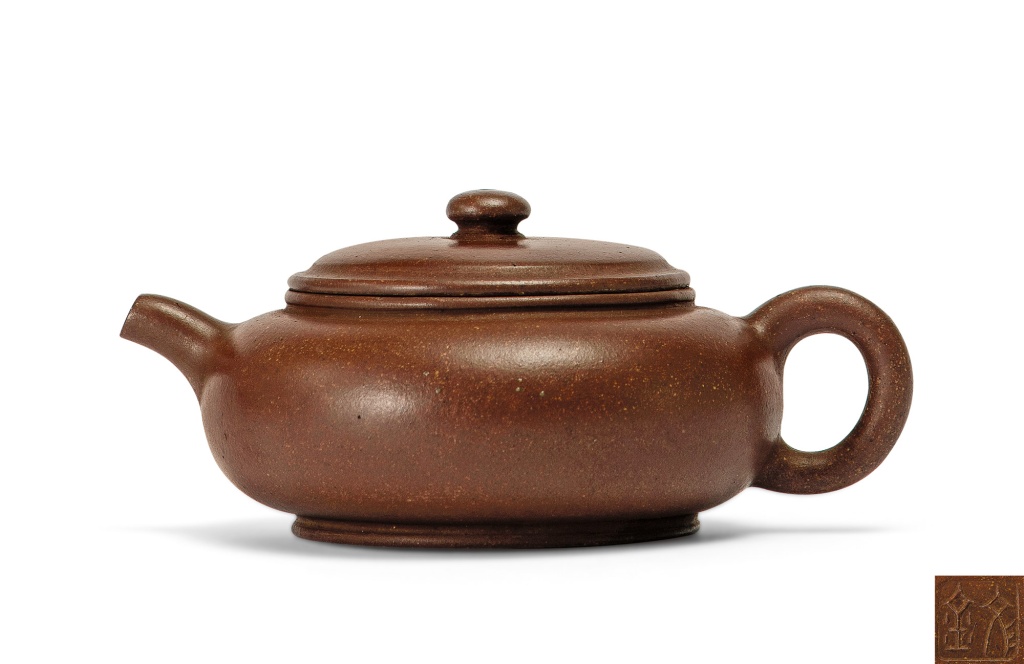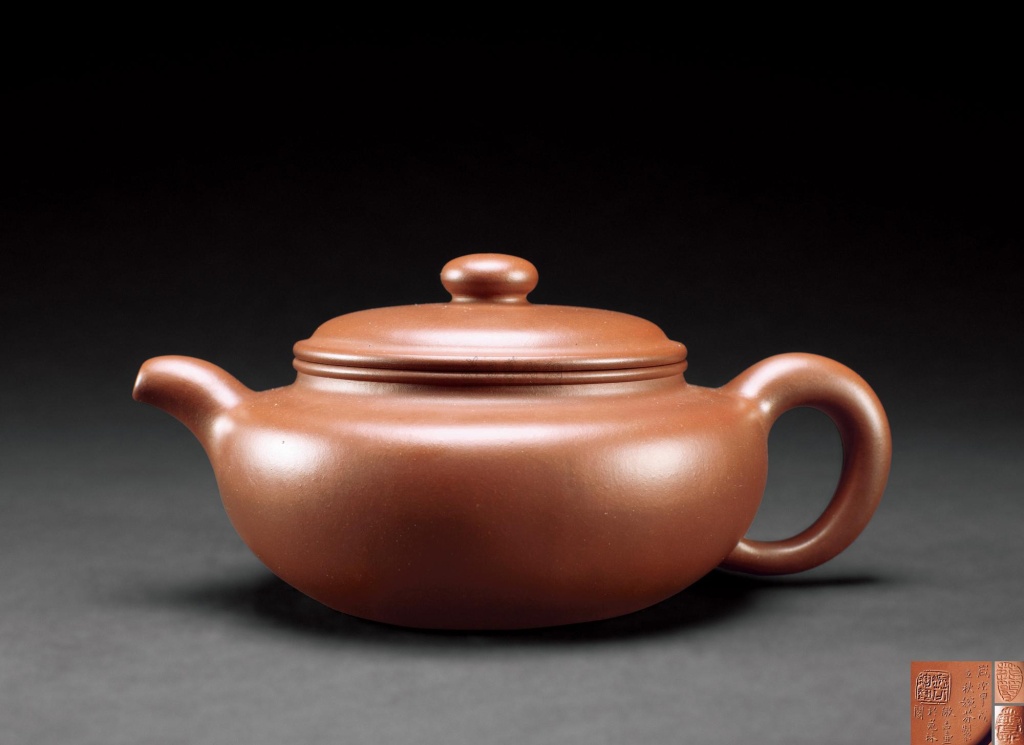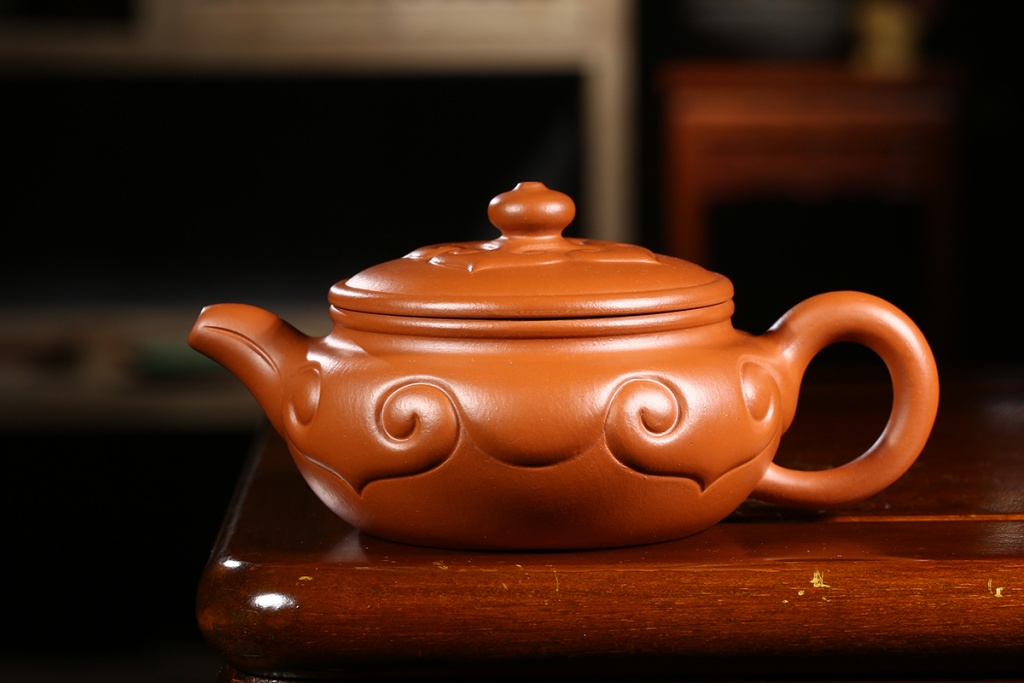Bianfu Teapot (Flat Belly Teapot) and Fangu Teapot (Ancient Imitation)
The Bianfu (Flat Belly) teapot (Chinese: 扁腹壶, pinyin: Biǎnfù hú) shape is often confused with the similar Fanggu (Ancient Imitation) shape (Chinese: 仿古壶, pinyin: fǎnggǔ hú). While 99% of people believe that they are the same shape, there are still differences.
The main thing is the ratio of the diameter of the body to its height. If the ratio is more than 4/1, then this form is called "Banfu", and if less - "Fangu". Also, Banfu has a more convex lid, a longer spout. Also, the rim at the neck of the teapot is either completely absent or smaller than on the lid.
The Fanggu (Ancient Imitation) shape (Chinese: 仿古壶, fǎnggǔ hú) originated from the drums on the ancient battlefield, which were used as an instrument to raise morale when two armies fought. Most of the traditional Chinese drums originated in the Central Plains, and there were more than 20 types before the Qin and Han Dynasties. Although they vary in size and height, almost all of them have a thick waist and a cylindrical shape.
According to records, it is said that Shao Daheng (Chinese: 邵大亨, pinyin: shào dàhēng) created the teapot during the Qing Dynasty, and his original idea was for the body of the pot to imitate the shape of a drum. Later generations continued to follow this concept.
Fangu teapots also have their own varieties. For example:
The Banfu teapot with a wide body and a large neck is suitable for brewing green tea. The handle is very light and comfortable, the balance is perfect. The overall composition of the teapot is interesting, where a strong sense of rhythm stands out. If you look from top to bottom, you can see five circles (on the handle, lid, shoulders and body), similar to circles (ripples) on water.
- Comments
- Vkontakte









